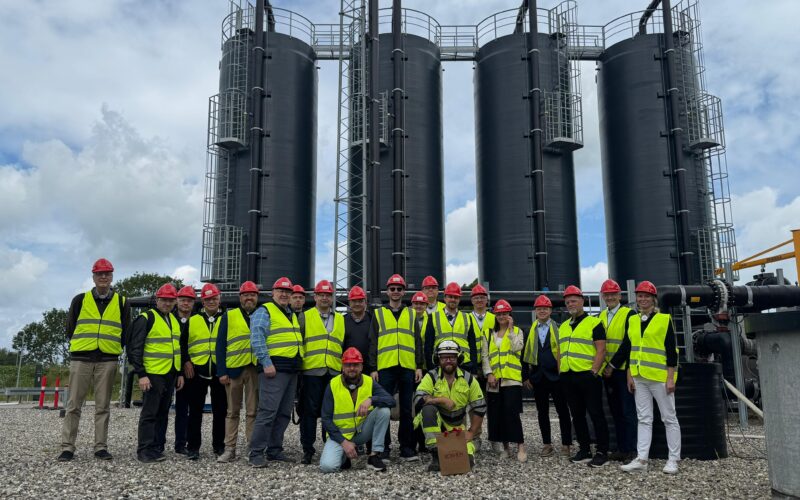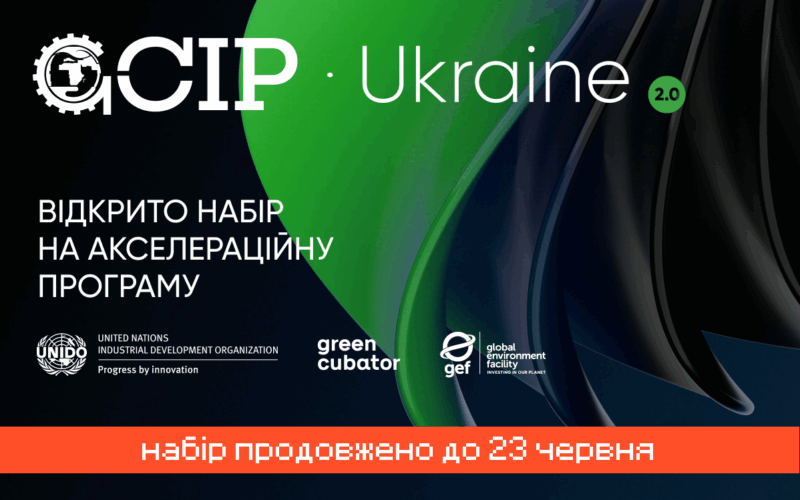100% renewable energy-based heating and cooling (100% RHC) in Europe IS POSSIBLE by 2050 – analytics
We offer a brochure “2050: vision for 100% renewable heating and cooling in Europe” by European Technology and Innovation Platform RHC (you may download here).
Important views on the development of the heating and cooling sector in Europe have been highlighted in this article.
Europe now faces the challenge of creating a reliable and flexible energy system. Switching from the EU’s over 400 billion cubic meters of fossil fuel imports to employment creation is hugely valuable.
However, the real challenge is to set up coordinated strategies at European, national, and local levels to reduce fossil fuels to zero by 2050.
Such sectors as solar thermal, geothermal, bioenergy, district H&C, and ambient and excess heat recovery — complemented withrenewable electricity — are the backbone of a radically new, user-oriented, carbon-neutral, efficient, reliable, and flexible energy system.
Such a system:
- will harvest locally available renewable energy sources (RES) providing considerable employment and economic benefits to the local economies and the European Union (EU);
- and at the same time involve end-users and counteract energy poverty.
Smart cities
The Renewable Energy Directive set the target of 32% RE by 2030; overall, about 40% of this share is projected to come from the H&C sectors.
Considering that 72% of the European population (EU28) lives in urban areas — defined as cities, towns and suburbs- cities play a key role in driving the sustainable energy transition.
Smart cities are those cities taking a holistic approach to their energy management, by creating integrated energy systems. A smart city approach is built on the synergies of the most important sectors involved (electricity production, H&C, transport) and aimed at substantially increasing EE, while simultaneously supplying sustainable energy.
By 2050 cities will likely be based on a combination of RES for local electricity and H&C supply, and electrical transport integrated into the energy system.
EU envisages local H&C networks fed by RHC, with the intelligent exchange of energy occurring between houses and the H&C network. In the city of the future, which is 100% RES-based and has zero negative impact on the environment (no pollution, no GHG emission), citizens will act as prosumers in a smart and sustainable system.
Bringing robust, reliable, and sustainable H&C to European cities is far more than a vague aspiration, it is a basic and entirely achievable necessity.
RHC: European Technology and Innovation Platform
By exploiting the potential of existing technologies such as efficient DHC networks, renewable heat generation, excess and ambient heat recovery, and fossil-free cogeneration, it is possible to move away from dependence on imported fossil fuels towards a more sustainable energy supply in highly populated areas.
Energy consumption in the EU
Buildings represent almost 40% of total final energy consumption in the EU, with transport accounting for 28% and industry for 23% (EC, 2016). The main use of energy by households in the EU in 2017 was for heating their homes (64 % of final energy consumption in the residential sector), with RES accounting for almost a quarter of EU households space heating consumption. In EU households in 2017 heating and domestic hot water (DHW) alone accounted for 79% of total final energy use (EUROSTAT, 2019).
The final energy consumption in EU28 was about 11,900 TWh in 2015 (Eurostat, 2019), of which approximately 2,400 TWh came from the industrial sectors (e.g. manufacturing, construction), representing a share of 20 % of the total final energy consumption. The 15 countries with the highest consumption of H&C in industry (Germany to Portugal) accounted for 93 % of the overall final energy consumption in EU28 (Fleiter et al. 2017), as displayed in Figure.
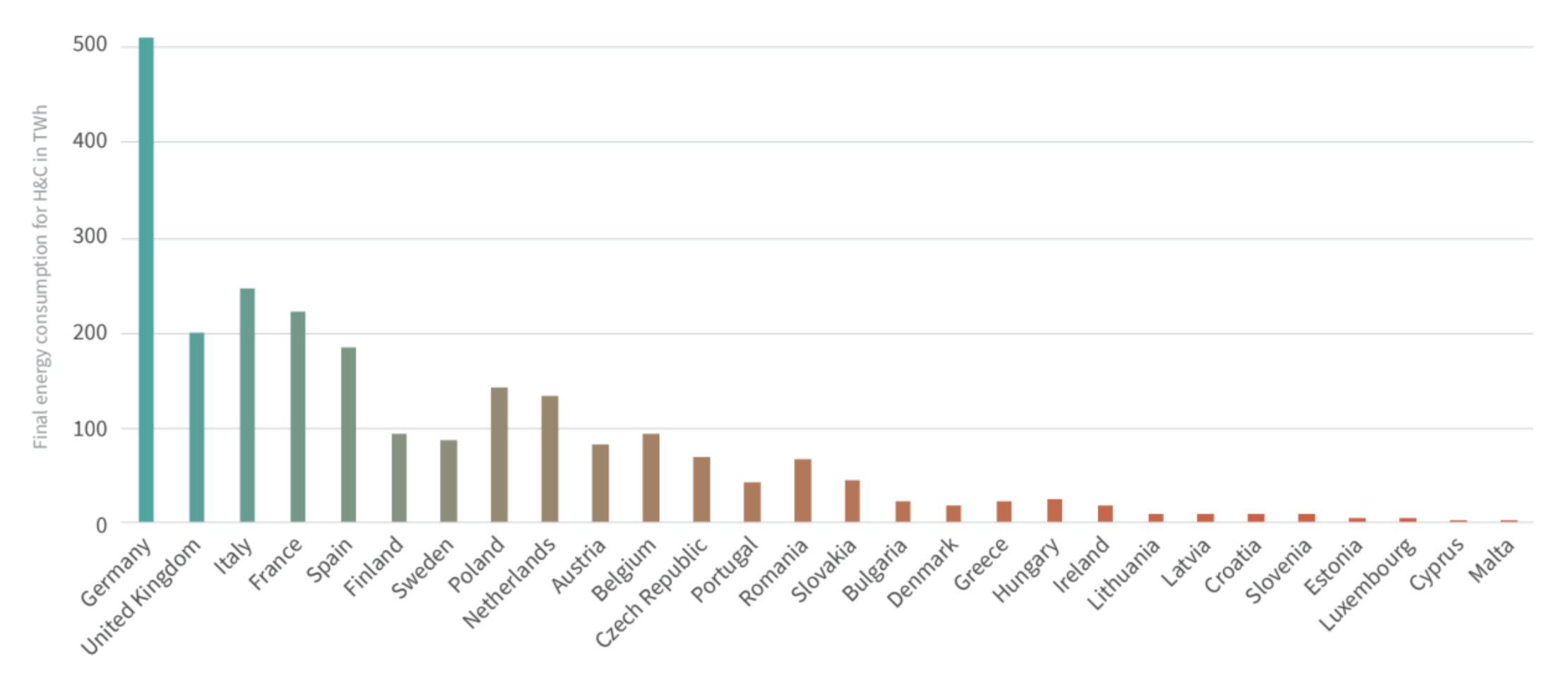
However, the share of energy carriers for industrial energy supply is still dominated by fossil fuels (see Figure 3-2). gas and coal are the most dominant energy carriers, whilst biomass is the most important RES with a share of 9% (Fleiter et al., 2017).
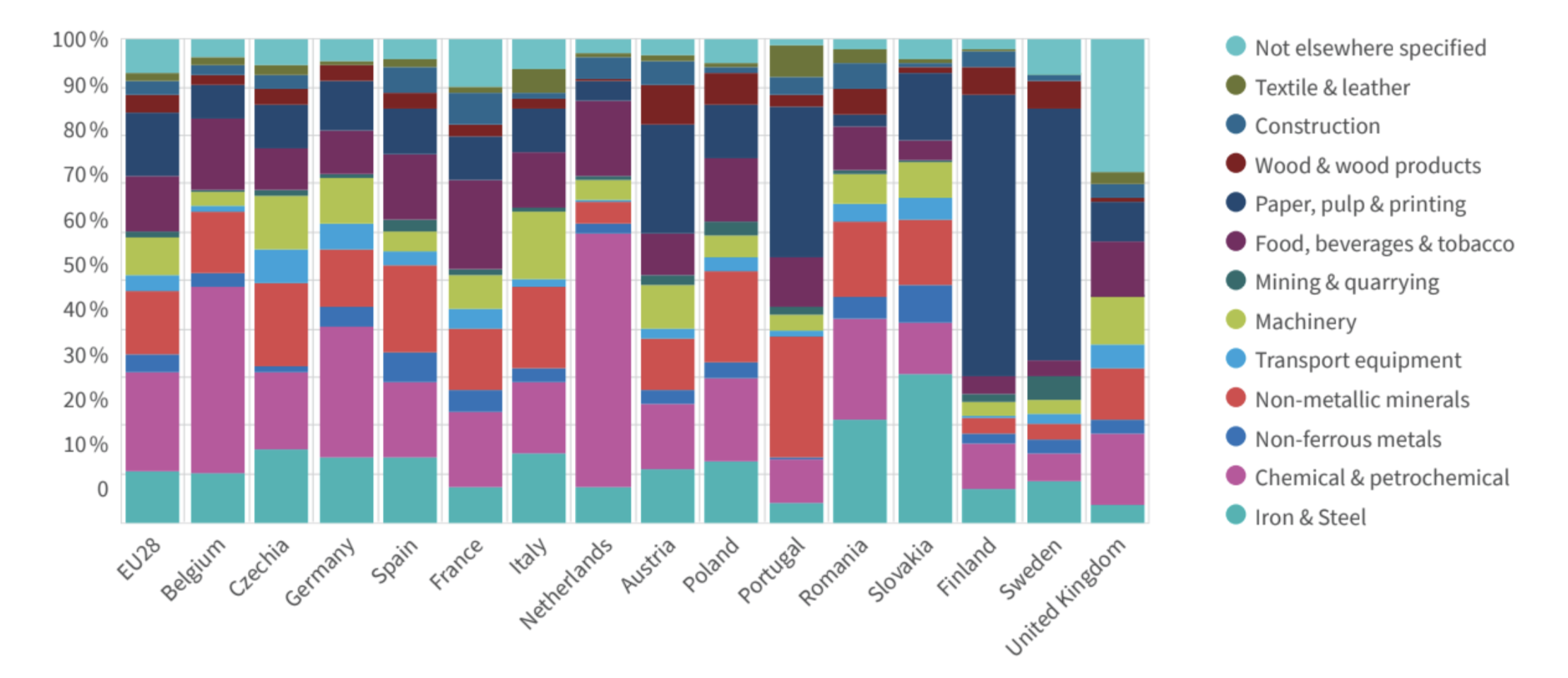
H&C sector
In the city of the future, which is 100% RES-based and has zero negative impact on the environment (no pollution, no GHG emission), citizens will act as prosumers in a smart and sustainable system.
In fact, H&C accounts for about half of the total end energy demand in Europe and they are by far the largest energy consuming sectors. The annual consumption of thermal energy in Europe in 2017 amounted to about 5.600 TWh, against 2.700 TWh of electricity and 4.000 TWh used in the transport sector. However, in the same year only 19,5% of thermal energy was generated from renewable energy sources (RES) and considerable differences exist between EU Member States (EUROSTAT, 2019).
Which areas use the most energy?
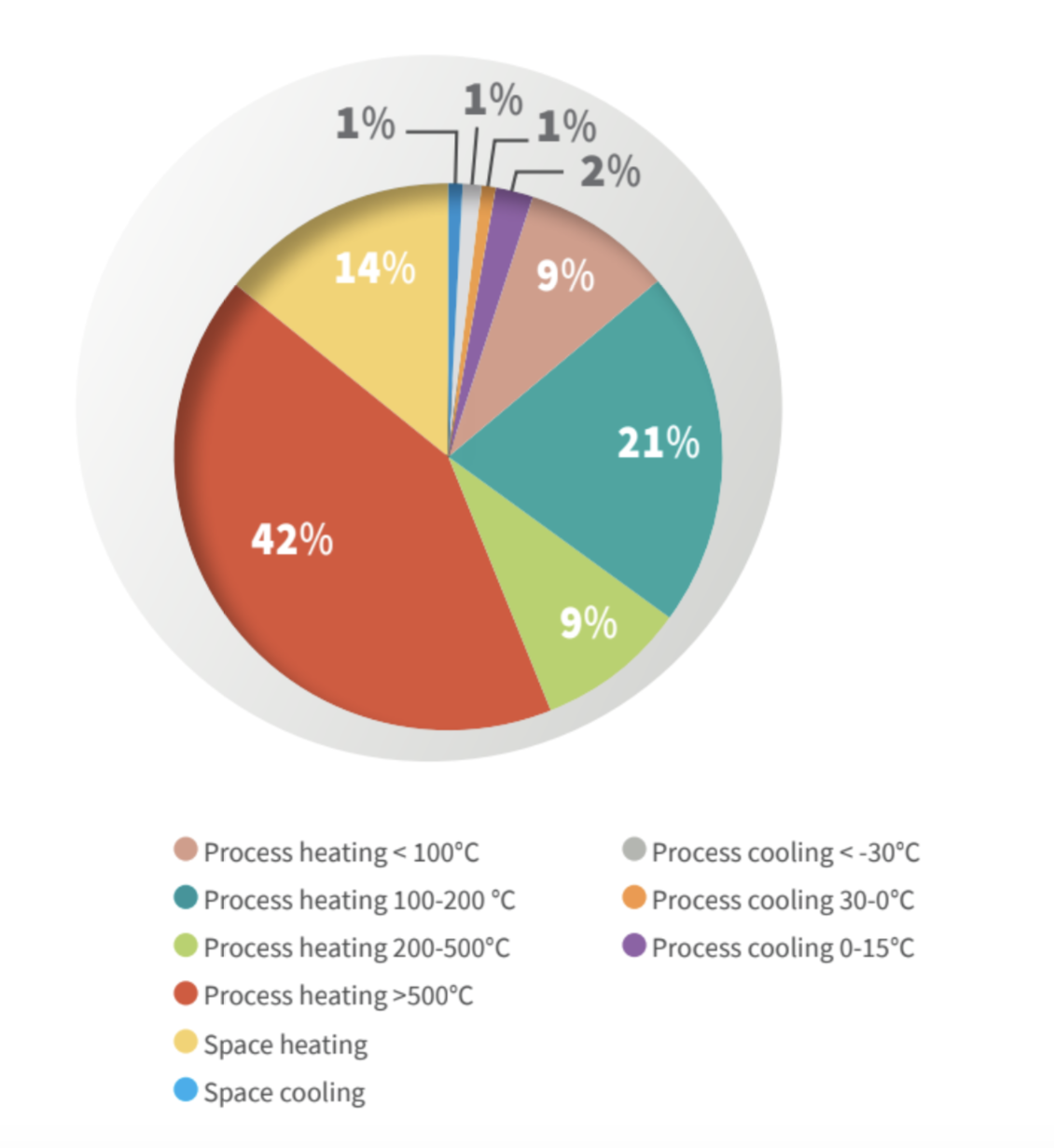
The most energy-intensive industrial sectors are chemical & petrochemical (20 %). They are followed by paper, pulp & printing (13 %); non-metallic minerals (13 %); food, beverages & tobacco (12 %); and iron & steel (11 %).
51% of the final energy in EU28 industries is used to generate heat above 200 °C. Heat under 200 °C (process and space heating) represents 44% of the overall final energy consumption for industrial H&C, while the final energy consumption for process and space cooling accounts for 5% of overall final H&C energy consumption (Fleiter et al., 2017).

